What To Do In A Car Accident – Responding With First Aid
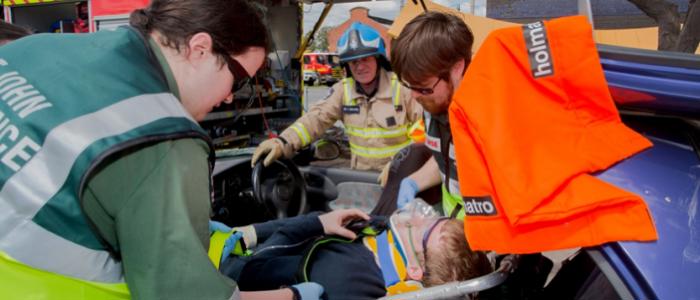
The scene of an accident can be confronting, but this is where First Aid training can really help you focus and assist those in need, possibly saving lives. Those without the preparation of training may not know what to do in a car accident and could be reluctant to do anything at all.
Time is particularly of the essence when it comes to vehicle trauma, but a calm and controlled response is in the interest of everybody concerned. A First Aider can ensure that casualties are protected, that help arrives quickly and emergency services can gain access to treat casualties efficiently. By managing the scene, you can ensure more lives are saved.
Of course, what to do in a car accident should come back to the fundamentals of First Aid – the DRSABCD. If you follow these steps you cannot go wrong. However, there are some elements specific to vehicle accidents to be aware of that we have outlined below.
Calling 000
In a panicked state, it can be tempting to try to help first. But calling emergency services for help on 000 as soon as possible will mean that assistance arrives on the scene sooner.
It’s unlikely you’ve ever needed to call 000 for an accident scene before, so we’ve put together this handy guide of what you will need to communicate with them so you can be prepared:
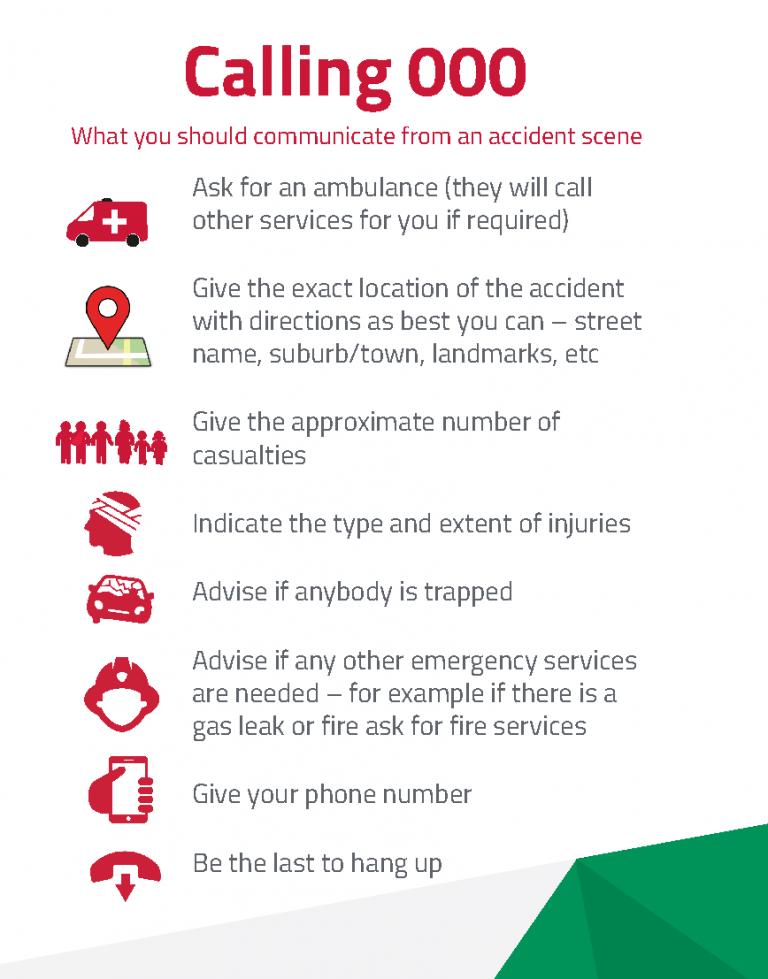
Prioritising Casualties
In an accident scene, it is common to have more than one casualty. You may not know who to help first, and you can’t help everyone immediately. Your priority should then become who is most critical, which will be those in the most life threatening situation. This can be hard to assess in an urgent situation – you will have limited information.
However, it should always come back to airways. Restoring the ability to breathe by lifting up a seated casualty’s chin and moving the jaw forward will open up their airway and allow them to breathe.
When assessing casualties, priorities should be ordered as follows:
- Are they conscious or unconscious?
- Are the airways clear and open?
- Are casualties breathing?
- Are they bleeding?
This is called the primary assessment and looks at the most immediate priorities to keep a casualty alive.
A noisy, demanding casualty may be a lower priority than a silent casualty with a blocked airway, so beware of red herrings at the scene.
Safety at The Scene
The first element of DRSABCD is Danger, so you will need to ensure the scene is safe. As there are many possible dangers at an accident scene, we have prepared this guide for you.

Don’t forget to consider loved ones – calm or remove them from the scene if extremely distraught, as they may interfere with treatment. Use another bystander for this if available.
Injuries and Ongoing Management
Common injury types when coming across an accident scene are:
- Airway blockages
- Head injuries
- Chest injuries
- Spinal injuries
Unless absolutely necessary (for example if the vehicle may explode), do not move a patient until help arrives as it could lead to further injury.
Continue to monitor a breathing but unconscious casualty, as they can rapidly deteriorate and stop breathing. You will need to be ready to perform CPR should this occur.
It is also useful to record observations on the casualty until help arrives, such as breathing, pulse, skin colour and temperature. Any changes in these conditions could indicate a serious change in their condition.
If the casualty is conscious, continue to reassure them and explain what is happening. Let them know that help is on the way.
What Can Bystanders Do To Help?
If you’re not the first on the scene and another First Aider is taking control, you can still assist in many ways:
- Call 000 if this hasn’t already happened
- Warn oncoming traffic and direct it away from the scene
- Make the scene safe
- Calm and reassure loved ones
- Take a history from casualties (allergies, medical issues, medications, etc.)
- Find a First Aid kit or other materials to assist (blankets, etc.)
- Provide First Aid to other casualties
- Gather the casualties belongings
- Calm and reassure the casualty
Even if you are panicking on the inside, try to remain calm for the sake of the casualties and other bystanders. Anxiety can quickly spread, and it is extremely unhelpful in an accident scene so should be avoided at all costs. If you are calm, others will be more likely to follow your lead and be calm also.
We may never know what’s around the next corner; this is true in all aspects of life. But there is some reassurance in knowing that we have prepared as much as possible for coming in contact with an accident scene, including knowing First Aid through a training course.
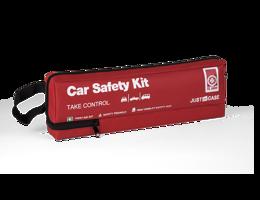
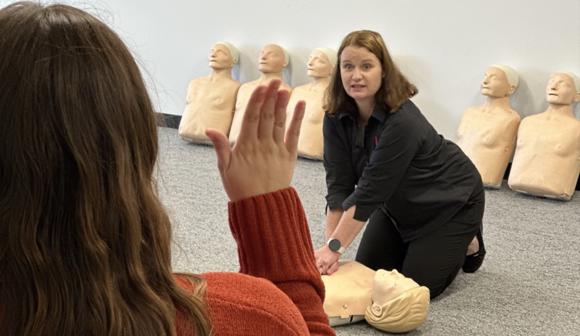
HLTAID011 PROVIDE FIRST AID
Suitable for both people in workplaces and members of the public who would like a comprehensive first aid course.
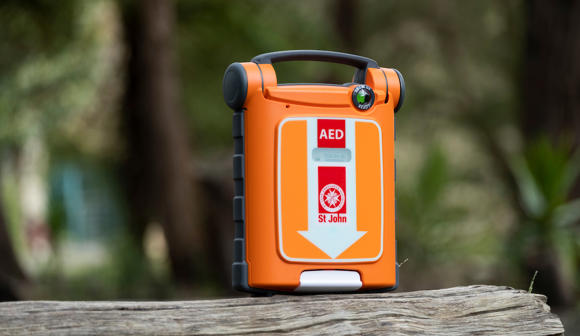
How to choose the right Defibrillator for you
Choosing a defibrillator can be hard. Read our list of things you should consider when choosing the right defibrillator for your needs.
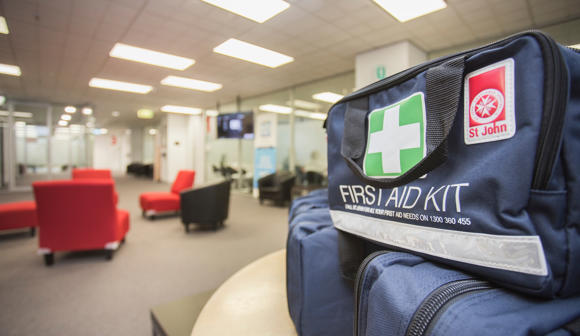
How to choose the right First Aid Kit for you
First aid kits can be a little daunting if you’re unfamiliar with what’s available. Will it have the right equipment, or enough of the right contents for me?
Read this article to find out how to pick a first aid kit based on your needs.
